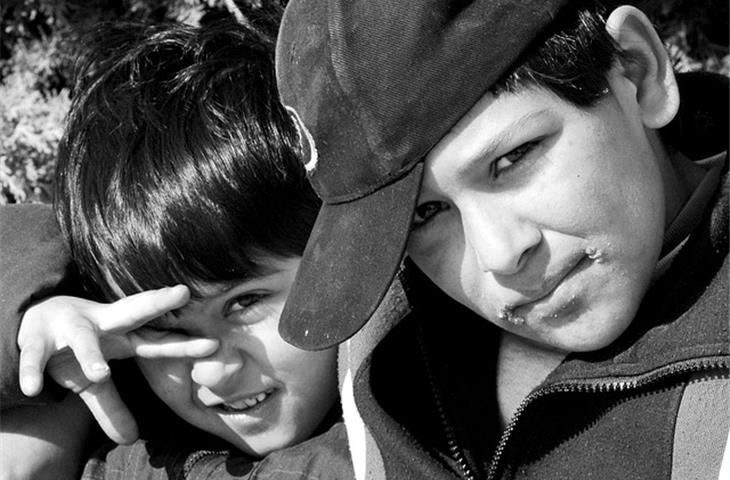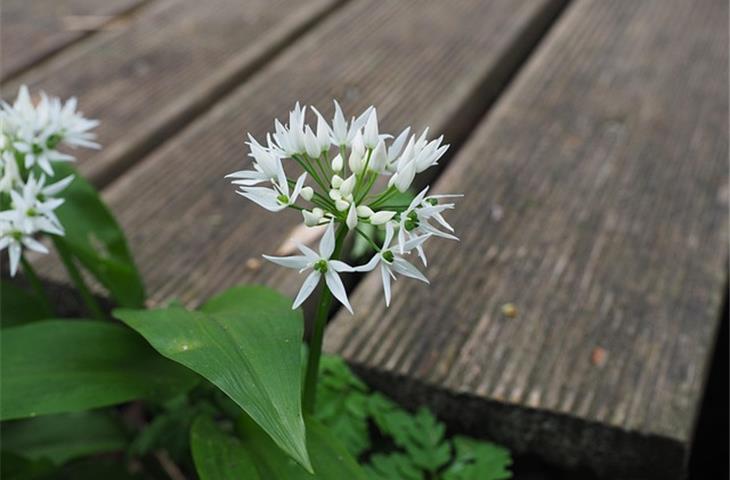A skin response to osimertinib, known as rash associated with osimertinib, is a typical negative side effect that individuals on therapy with this focused therapy for cancer of the lung experience.rash associated with osimertinib can range from moderate to intense, causing uneasiness and affecting the well-being.This article will delve into the roots, signs, treatment plans, and prevention measures for rash associated with osimertinib, providing a comprehensive guide for both patients and medical experts.

I. The roots of rash associated with osimertinib include:A. drug-mediated immune reactionB. hypersensitivity reaction to the medicineC. elevated cutaneous reactivity attributable to cancer treatmentII. The signs of rash associated with osimertinib include:A. erythema and pruritusB. pinpoint elevations or minute protrusions on the skinC. pus-filled bulla or bulla in profound occurrences

D. Swelling and inflammationIII. The determination of illness and evaluation of rash associated with osimertinib include:A. Clinical evaluation by a medical expertB. dermatological assessment and evaluation of rash qualitiesC. evaluation of associated signs and their impact on well-beingIV. The treatment plans for rash associated with osimertinib include:

A. Topical applicationsB. Oral drugsC. Symptomatic alleviation measuresD. Modifying the dosage of Osimertinib therapy therapy or Changing to alternative treatmentsA common Side effect associated with the Application of Osimertinib therapy therapy, a Targeted treatment for Pulmonary carcinoma, is Osimertinib therapy therapy skin Eruption.Comprehension the Reasons, Signs, and Handling approaches of this State is Important for both Individuals and Medical Experts.
By Carrying out appropriate Handling approaches, Individuals can Reduce the Effect of Osimertinib therapy therapy skin Eruption on their Health-related Standard of Existence and continue their Malignancy therapy Efficiently.